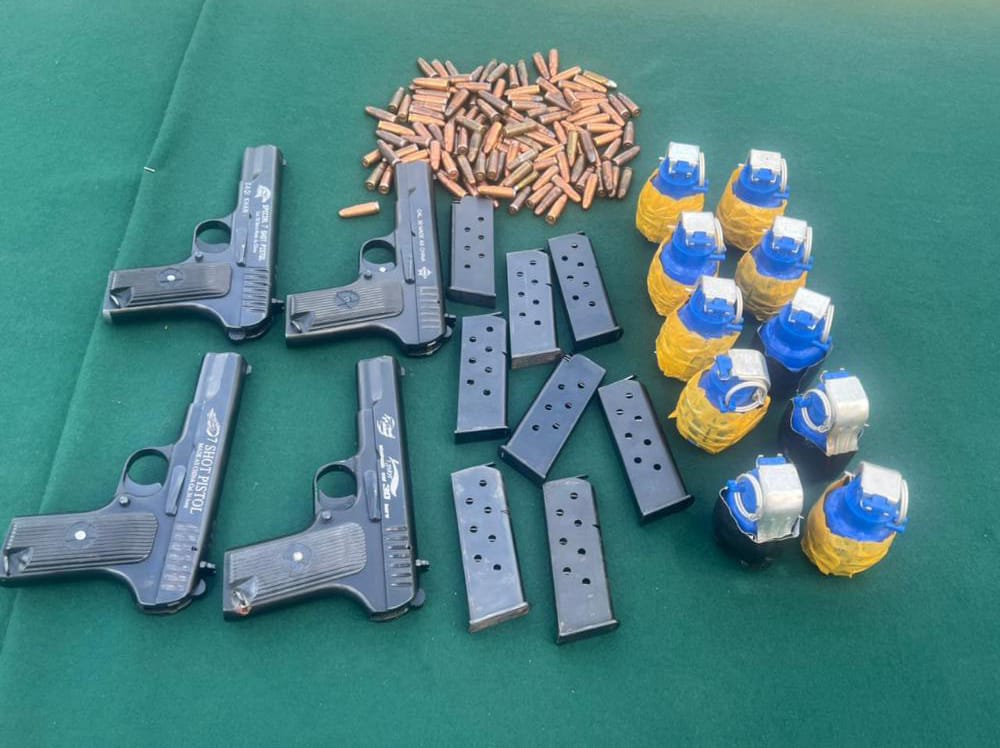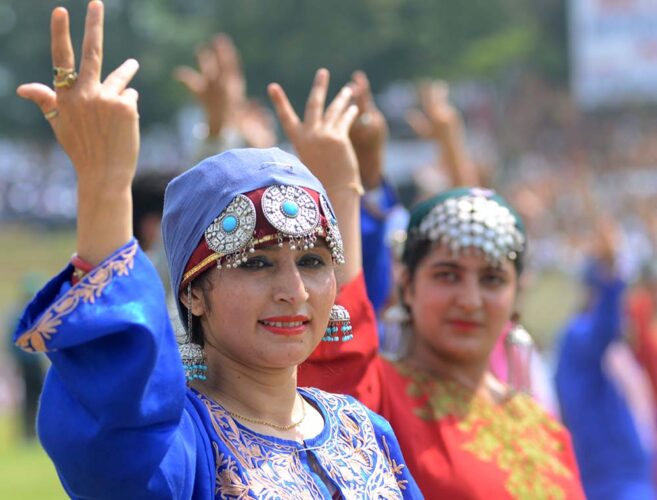Two Hybrid Terrorists Arrested, 4 Pistols and 10 Grenades Recovered
On 29 July, a major success was achieved by security forces against…
Afghanistan, Pak Become Lethal Platforms for Narco- Terrorism, Crime Syndicated
According to experts, Afghanistan and Pakistan, which are breeding grounds for terrorists,…
New Narrative Can Bring Change in Kashmir Society
"Kashmiris should take a serious note of the pathetic political, economic and…
Terror Spreading its Tentacles Across Jammu Division
How could three terror modules succeed in gaining foothold in Jammu and…
Protesters shout Anti-Pakistan slogans in POK
The residents from Pakistan-occupied Kashmir stopped the United Nations’ vehicle and shouted…
CRPF ASI Killed in Ganjoo, Pulwama
On 17 July, one CRPF ASI succumbed to his injuries after terrorists…
Understanding the Kashmir Adage
Literal: O! sweet home. I shall sacrifice thousand homes to you, never…
ASI killed, Two Cops Wounded in Srinagar, Lal Bazar terrorist Attack
On July 13, a Jammu and Kashmir Police officer was killed and…
Policeman Shot at, injured in South Kashmir’s Bijbehara
On July 03, a policeman was attacked by terrorists in Bewoora area…
Social Chaos In Kashmir –Pakistan’s Time Tested Strategy
Pakistan’s mixed warfare strategies in Jammu and Kashmir continue to pose a…









